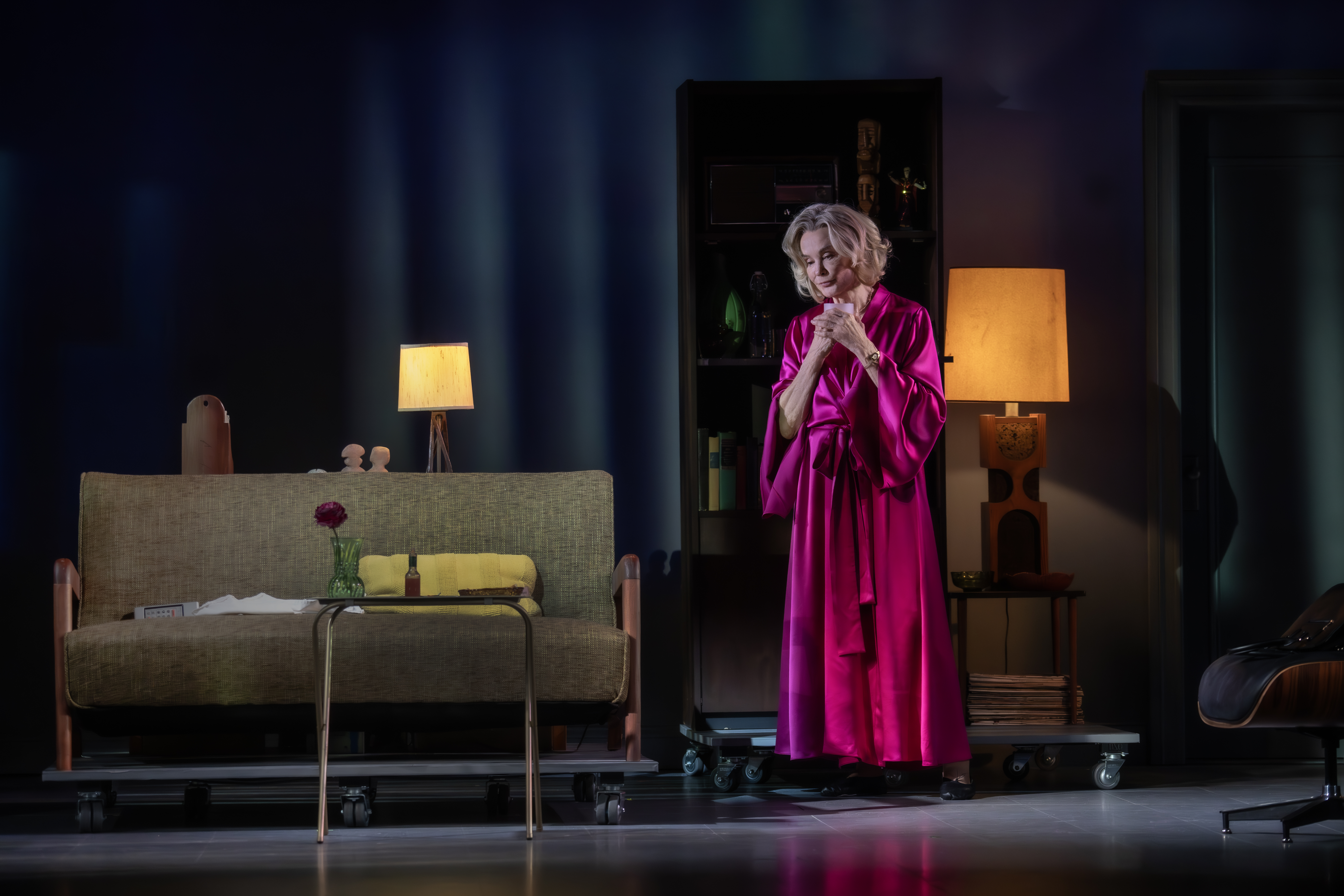Personal Best

The question that sprang to mind when I picked up The Best Plays Theater Yearbook 2003-2004, which banners the 10 selected works on its cover, is: Sez who? Well, sez an editorial board of some 14 acknowledged theater mavens. True, they probably come to their final choices after heavy trade-off discussions, not to say much bickering. But a large number or prospective buyers of the book will undoubtedly believe that the plays cited are truly the best of that New York theater year and assume that everything else produced during that period is disposable.
I know that I did when I first perused the books in my college library. What did I, someone fast developing a love for theater while living far from Manhattan, know about play analysts having vastly differing opinions on theater works? In those days, I thought that Brooks Atkinson’s stamp of approval was the definitive verdict on any new or revived work. And, don’t kid yourself, many people out there still think that Ben Brantley’s affirmative nod is more reliable that the Good Housekeeping seal.
So here are the 10 best plays that the editorial board crowned for 2003-2004 are (in alphabetical order of their titles): Nilo Cruz’s Anna in the Tropics, the Tony Kushner-Jeanine Tesori Caroline, or Change, Bryony Lavery’s Frozen, Lynn Nottage’s Intimate Apparel, Lisa Loomer’s Living Out, Paula Vogel’s The Long Christmas Ride Home, the Theresa Rebeck-Alexandra Gersten-Vassilaros Omnium Gatherum, Craig Lucas’s Small Tragedy, Richard Greenberg’s The Violet Hour, and Lisa Kron’s Well.
Well, I’ve seen every one, and my personal opinion is that only four deserve the extra attention that The Best Plays draws to them: Caroline, or Change, Living Out, The Violet Hour and Well. What would I slot in place of the others? How about, just for starters, William Nicholson’s The Retreat From Moscow, Amy Freed’s The Beard of Avon, Sarah Jones’s Bridge and Tunnel, Eduardo Machado’s The Cook, Sunil Kuruvilla’s Fighting Words, and A. R. Gurney’s Mrs. Farnsworth?
But, again, that’s just my opinion — which brings us to the book’s main flaw: Once the plays are chosen, Jeffrey Eric Jenkins (who now edits the series) and his scribes have ushered a play into the sanctum, nothing (or virtually nothing) is said of it to threaten its value. As a result, you get Chris Jones, the designated champion for Omnium Gatherum, calling that work “a mature, complex, globally savvy and smart [post-9/11] play.” He goes on to contend that “one could make a case that it’s still the only one.” Yes, but one could also make a case — as some critics did — that the play is a superficial, predictable, self-satisfied, bloated, unfunny skit.
On the other hand, if Jenkins and crew haven’t anointed a play, woe be on its head. In his occasionally pompous “Season On and Off Broadway” round-up, this what Jenkins says about Bug, a play that didn’t knock the socks off my size 12 feet but did impress many of my colleagues: “Maverick producer Scott Morfee presented a 1996 Tracy Letts play, Bug, at the Barrow Street Theater. A sci-fi thriller about people living at the margins of society — and the government’s dominion over them — the play survived through the end of the season.” The use of the word “survived” makes it sound as if Letts’s play limped along, which it didn’t; the show did so well at the box office that it was extended for many weeks. To be reminded that Bug copped the Lucille Lortel Award for Best Play, it’s necessary to consult the awards pages at the back of the book; and to learn that Bug was one of the season’s most controversial productions, it’s necessary to go elsewhere entirely.
Of all the essays in the book, only three truly deserve to be categorized as such: Michael Feingold’s piece on The Violet Hour, Charles Isherwood’s comments on Small Tragedy, and my Theatermania.com colleague Charles Wright’s notes on Living Out. While I agree with Wright and Feingold, I almost completely disagree with Isherwood’s views; nevertheless, he and the other two writers manage to provide a run-down of each play’s narrative while positioning the work in a larger context and arguing substantively and imaginatively for its merit. Mel Gussow’s piece, “The Season Off Off Broadway,” is also illuminating and is a reminder of how much The New York Times‘ longtime arts reporter, who died only a few months ago, will be missed.
It’s highly unlikely that haggling over the “Best Play” approach will bring about any changes to an 85-year-old format. While the honors given playwrights may be gratifying and add beneficially to the lives of their works, and while the essays are a nice amenity when well written, it’s the Theater Yearbook phrase in the title that has the most pull. Jenkins’s endeavor — and those of the vaunted editors preceding him — can boast what seems to be comprehensive coverage of the year’s theater activities. But when all is said and done, the title of the series remains a problem. The term “Best Plays” is a commercial one for a volume that, admittedly, has limited commercial appeal — whereas Plays That Some But Not All Experts Think Are Super Good is surely not. But let’s be honest: The latter tag is closer to the mark, isn’t it? I wouldn’t be making so much of the point if I didn’t feel that this sort of kowtowing to the notion of “best” is ultimately a disservice to theater literature and to playwrights.










